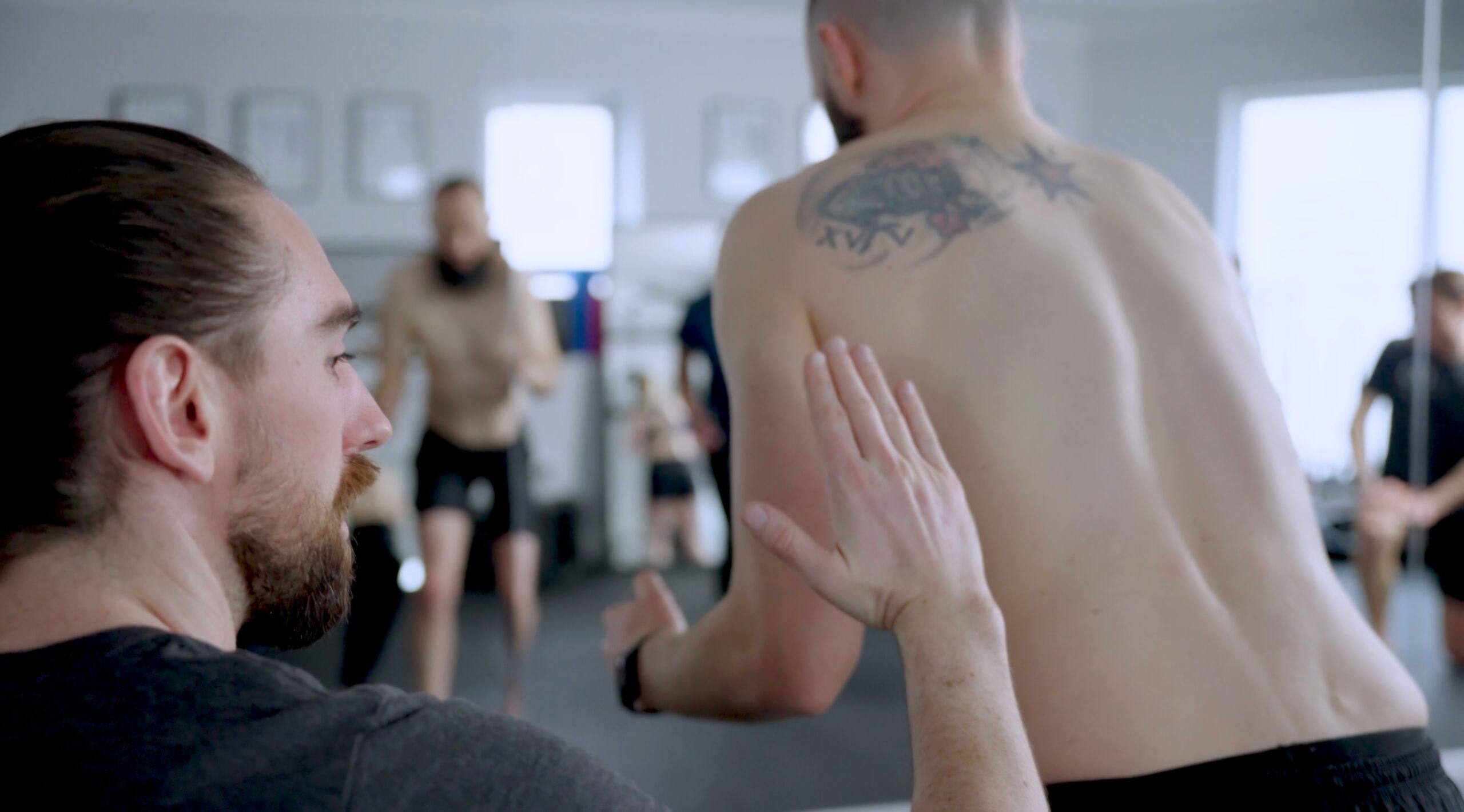
14 Apr What is Functional Training: The Real Story
The term Functional Training is thrown around very liberally when it comes to health and fitness. People expect to see people balancing on Swiss balls, swinging things aggressively, and generally just moving their bodies a lot. Unfortunately, it takes a little bit more care to really understand how “functional” exercises need to be utilized in order to get the outcome we want, which is often better health, and better movement.
Functions of the body
We use certain language to describe what happens in the body during movement, and this language is often in the form of functions. Let’s start with two of the most common ones to introduce us to this idea.
Flexion: this term is often used to describe global bending movements of the body. Your spine goes through a “flexion” when you pick something off the floor. Elbow and knee joints go through “flexion” in order to close when you do a bicep curl or hamstring curl. Hip flexors “flex” the hip in order to bring your knee towards your chest.
Extension: this term is often used to describe the opposite of the above. I “extend” my spine in order to lift something over head. Again, elbow and knee joints go through an “extension” as they open and move towards a straight position. The hip joint goes through an “extension” as we step over our foot during walking.
These are two good examples, but the body executes many functions simultaneously every time we move. The spine, the limbs and other parts of the body also go through rotations, bends, and tilting as we do something as simple as walking.
Function First Vs Muscle First
While there are a whole host of muscles involved in executing these functions, it would be dangerous to assume that strengthening, loosening, or manipulating them alone will bring better functionality in the body.
Traditionally, this is the assumption most training and rehab practices are built on, with most of the focus directed to the muscles themselves. When people are being trained or coached, the language used won’t be one of function, but one of muscle engagement. You hear things like “engage your core” or “squeeze your glutes”.
Hypertrophy Follows Function
While this may be one way to connect and engage certain areas of the body in order to grow muscles, it is not one which will allow the muscles to work by themselves when we leave the gym. In order for this to happen, we first need to train the correct function in the body, so that the muscles involved in that function have the opportunity to work naturally when we move day to day.
We do this in our training by using these functions as our guide, and observe what happens muscularly. When we do a hinge motion for example, if we use too much knee extension and not enough hip extension as we stand up, the glutes are unlikely to fire properly and more of the effort may be felt through the knee.
We’ll use language like, “don’t extend your knee as much” or “extend your hip more before extending your knee” in order to help clean up bad movement patterns, and as a result, allow the correct muscles to engage in order to support the function. This is a key way in which our training differs from the more conventional methods you will find elsewhere.
Body Control Vs Body Know How
In order for us to be to train this way, two things are needed.
- Body Control: How we executively control different areas of our body. For example, if I want to rotate my ribcage one direction without moving my pelvis, I need enough body control to be able to execute that function effectively without the other happening.
- Body Know How: Once I have enough body control, do I understand what functions my body needs to improve, and what functions tend to appear where they shouldn’t in order to clean up bad movement patterns.
Conclusion
For training to truly be considered as functional, it must objectively improve functions the body has been designed to execute. It’s not enough to try and randomly strengthen and stretch different part of the body hoping that these functions improve. By meaningfully assessing for blind spots in terms of these functions, and making improving them the main focus of our training program, we can get out of pain, enhance our athletic capabilities and improve our overall health.